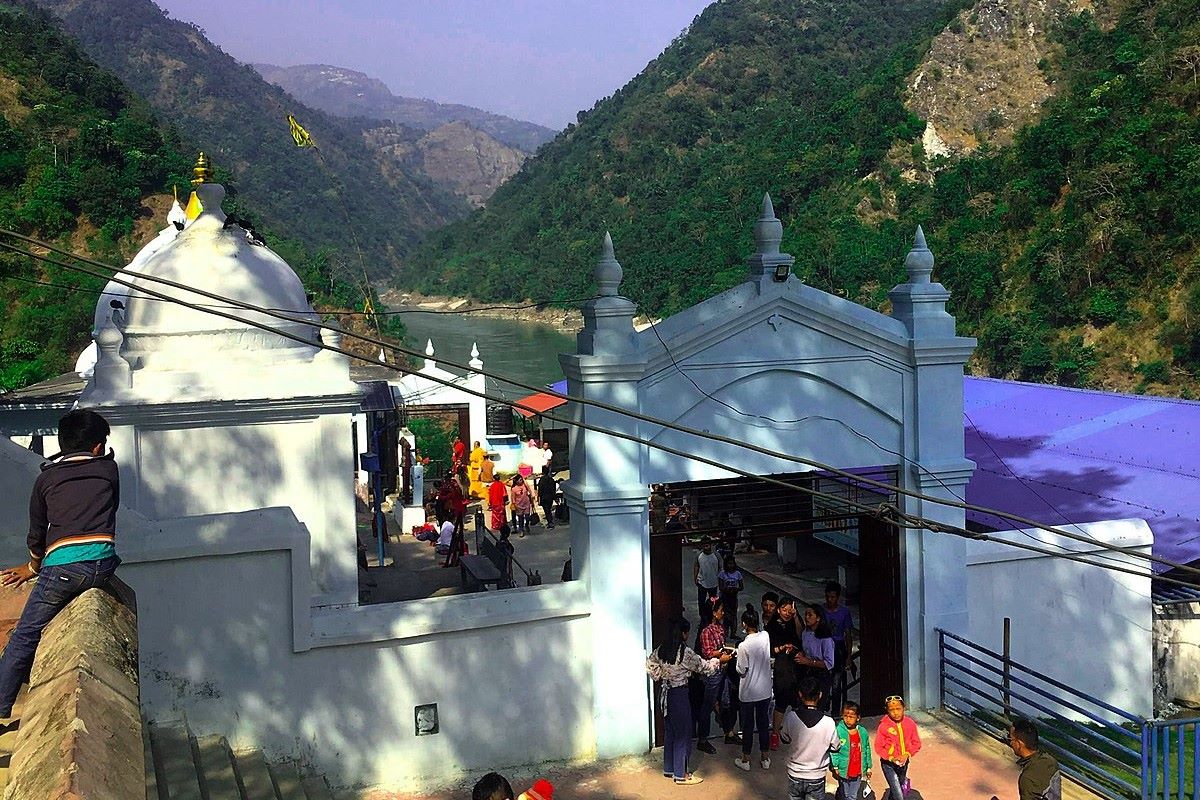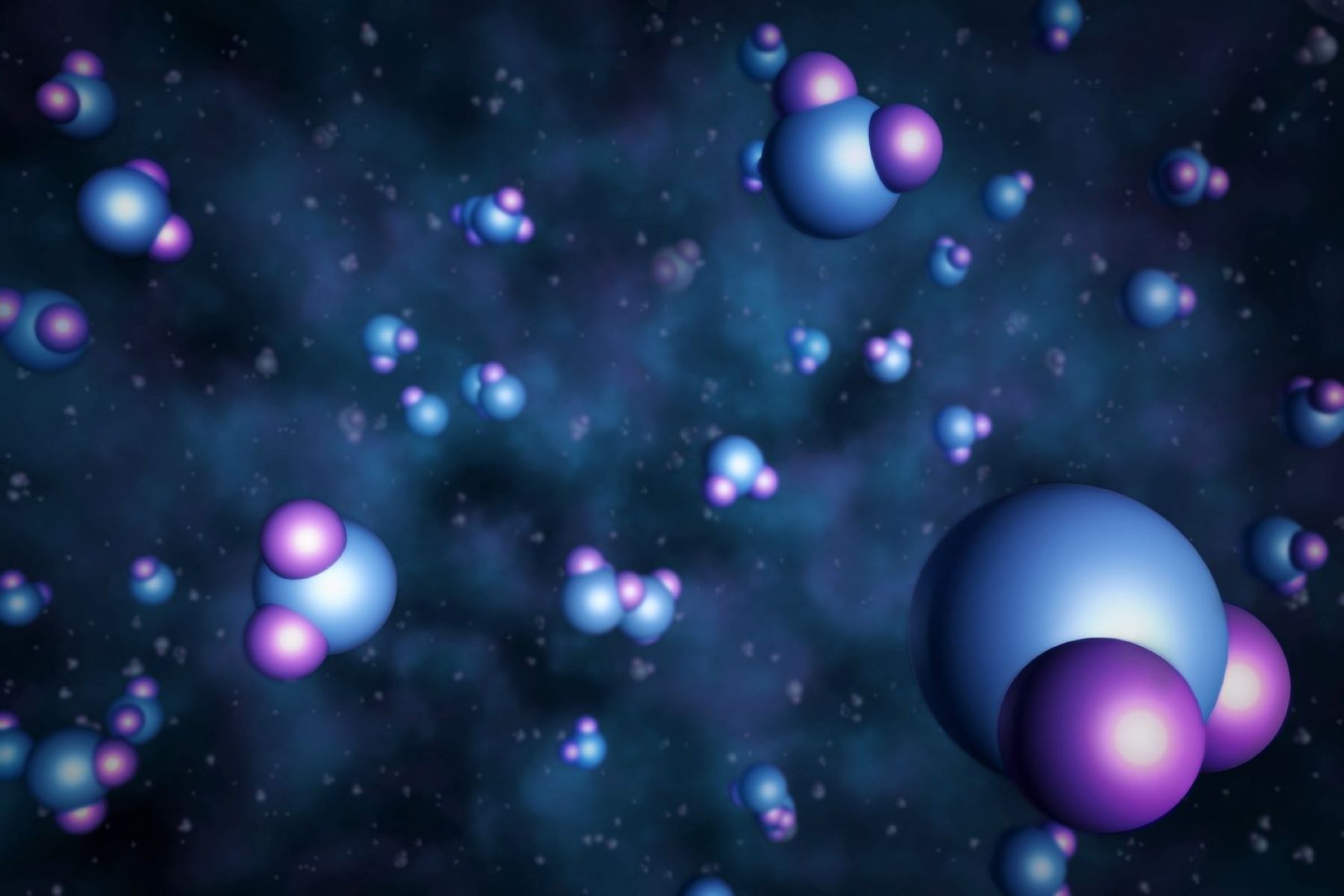
Photosynthesis is the process that allows plants to convert light energy into chemical energy, providing the foundation for life on Earth. But what exactly happens during this process? Photosynthesis equation is the key to understanding how plants transform sunlight, water, and carbon dioxide into glucose and oxygen. This equation is more than just a scientific formula; it's a blueprint for life. By breaking down the photosynthesis equation, we can uncover the secrets behind plant growth, oxygen production, and even the food we eat. Ready to dive into the world of photosynthesis? Let's explore 30 fascinating facts about this incredible process!
What is Photosynthesis?
Photosynthesis is the process by which green plants, algae, and some bacteria convert light energy into chemical energy. This process is essential for life on Earth as it provides the primary source of energy for nearly all organisms. Let's dive into some fascinating facts about the photosynthesis equation.
The Basic Equation
The photosynthesis equation is a simple representation of a complex process. It shows how plants convert carbon dioxide and water into glucose and oxygen using sunlight.
- The basic formula for photosynthesis is: 6CO₂ + 6H₂O + light energy → C₆H₁₂O₆ + 6O₂.
- Carbon dioxide (CO₂) and water (H₂O) are the reactants. Plants take in CO₂ from the air and H₂O from the soil.
- Glucose (C₆H₁₂O₆) and oxygen (O₂) are the products. Glucose is used by the plant for energy and growth, while oxygen is released into the atmosphere.
The Role of Chlorophyll
Chlorophyll is the green pigment in plants that captures light energy. It plays a crucial role in the photosynthesis process.
- Chlorophyll absorbs light most efficiently in the blue and red wavelengths. Green light is reflected, which is why plants appear green.
- There are different types of chlorophyll. Chlorophyll a and chlorophyll b are the most common in plants.
- Chlorophyll is located in the chloroplasts. These are specialized organelles within plant cells.
Light-Dependent Reactions
Photosynthesis occurs in two main stages: light-dependent reactions and light-independent reactions (Calvin cycle). The first stage requires light to produce energy-rich molecules.
- Light-dependent reactions take place in the thylakoid membranes of the chloroplasts. These membranes contain chlorophyll.
- Water molecules are split during this stage. This process, called photolysis, releases oxygen as a byproduct.
- ATP and NADPH are produced. These molecules store energy and are used in the next stage of photosynthesis.
The Calvin Cycle
The Calvin cycle, or light-independent reactions, does not require light. It uses the energy from ATP and NADPH to convert CO₂ into glucose.
- The Calvin cycle occurs in the stroma of the chloroplasts. This is the fluid-filled space surrounding the thylakoids.
- Carbon fixation is the first step. CO₂ is attached to a five-carbon sugar called ribulose bisphosphate (RuBP).
- The enzyme RuBisCO catalyzes this reaction. RuBisCO is one of the most abundant enzymes on Earth.
- The Calvin cycle produces a three-carbon sugar called G3P. Two G3P molecules can be combined to form glucose.
Importance of Photosynthesis
Photosynthesis is vital for life on Earth. It provides energy for plants and oxygen for animals and humans.
- Photosynthesis is the foundation of the food chain. Plants are primary producers that support all other life forms.
- It helps regulate the Earth's atmosphere. Photosynthesis removes CO₂ from the air and releases O₂.
- Photosynthesis contributes to the carbon cycle. It helps maintain a balance between CO₂ and O₂ in the atmosphere.
Factors Affecting Photosynthesis
Several factors can influence the rate of photosynthesis. Understanding these can help in optimizing plant growth.
- Light intensity affects the rate of photosynthesis. More light increases the rate up to a certain point.
- Carbon dioxide concentration is also important. Higher CO₂ levels can boost photosynthesis.
- Temperature plays a role. Photosynthesis has an optimal temperature range; too hot or too cold can slow it down.
- Water availability is crucial. Drought conditions can limit photosynthesis.
Photosynthesis in Different Organisms
While green plants are the most well-known photosynthesizers, other organisms can also perform photosynthesis.
- Algae are major photosynthesizers in aquatic environments. They contribute significantly to global oxygen production.
- Cyanobacteria are photosynthetic bacteria. They were among the first organisms to perform photosynthesis.
- Some protists, like Euglena, can photosynthesize. They have chloroplasts similar to those in plants.
Evolution of Photosynthesis
Photosynthesis has evolved over billions of years. This evolution has had a profound impact on life on Earth.
- The earliest photosynthetic organisms were likely anoxygenic. They did not produce oxygen.
- Oxygenic photosynthesis evolved later. This type produces oxygen and is performed by plants, algae, and cyanobacteria.
- The Great Oxygenation Event was a result of photosynthesis. This event dramatically increased oxygen levels in the atmosphere.
Photosynthesis and Human Technology
Humans have learned to harness the principles of photosynthesis for various technologies.
- Artificial photosynthesis aims to mimic natural processes. It seeks to produce clean energy from sunlight.
- Solar panels are inspired by photosynthesis. They convert sunlight into electricity.
- Agricultural practices can optimize photosynthesis. Techniques like controlled environment agriculture enhance plant growth.
Fun Facts About Photosynthesis
Here are some interesting tidbits about photosynthesis that you might not know.
- Some plants can perform photosynthesis in low light. Shade-tolerant plants have adaptations to capture light efficiently.
Final Thoughts on Photosynthesis
Photosynthesis is a fascinating process that keeps our planet alive. Plants, algae, and some bacteria use sunlight to convert carbon dioxide and water into glucose and oxygen. This simple equation, 6CO₂ + 6H₂O + light energy → C₆H₁₂O₆ + 6O₂, fuels nearly all life on Earth. Understanding photosynthesis helps us appreciate the delicate balance of nature. It also highlights the importance of preserving green spaces and forests, which act as the lungs of our planet. Next time you see a plant, remember it's not just sitting there; it's busy making food and oxygen. This knowledge can inspire us to take better care of our environment. So, let's cherish and protect the green wonders around us.
Was this page helpful?
Our commitment to delivering trustworthy and engaging content is at the heart of what we do. Each fact on our site is contributed by real users like you, bringing a wealth of diverse insights and information. To ensure the highest standards of accuracy and reliability, our dedicated editors meticulously review each submission. This process guarantees that the facts we share are not only fascinating but also credible. Trust in our commitment to quality and authenticity as you explore and learn with us.


